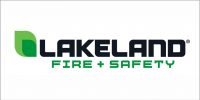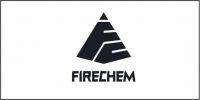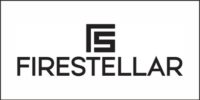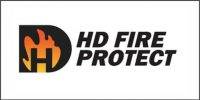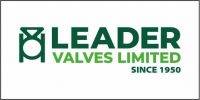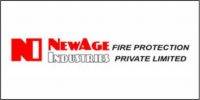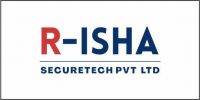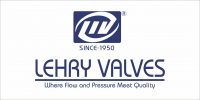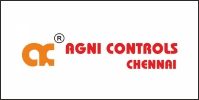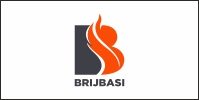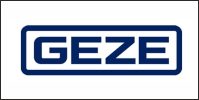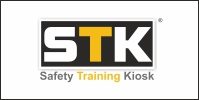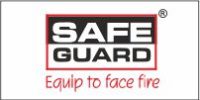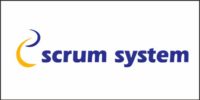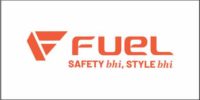 In industrial environments where fabrication, maintenance, and decommissioning activities are routine, hot work operations such as welding, cutting, grinding, soldering, and brazing are vital processes. These operations, while fundamental to productivity and infrastructure integrity, carry an inherent and often underestimated risk: the ignition of residual flammable vapors within drums, tanks, or containers that appear “empty.” Time and again, serious workplace accidents—including fatal explosions—have occurred because a container that looked safe was, in reality, a ticking time bomb. At the heart of this hazard lies a critical question every safety-conscious professional must ask before initiating hot work: “Are you 100% sure your container is clean?” The unfortunate truth is that even thoroughly drained containers can retain invisible volatile organic compounds (VOCs) in the form of vapors that cling to internal surfaces or lie dormant in corners and seams. All it takes is one small spark—a slip of an angle grinder, an arc of a welding torch, or even the heat from an overheated tool—to trigger an explosive reaction that transforms a routine maintenance job into a catastrophic event.
In industrial environments where fabrication, maintenance, and decommissioning activities are routine, hot work operations such as welding, cutting, grinding, soldering, and brazing are vital processes. These operations, while fundamental to productivity and infrastructure integrity, carry an inherent and often underestimated risk: the ignition of residual flammable vapors within drums, tanks, or containers that appear “empty.” Time and again, serious workplace accidents—including fatal explosions—have occurred because a container that looked safe was, in reality, a ticking time bomb. At the heart of this hazard lies a critical question every safety-conscious professional must ask before initiating hot work: “Are you 100% sure your container is clean?” The unfortunate truth is that even thoroughly drained containers can retain invisible volatile organic compounds (VOCs) in the form of vapors that cling to internal surfaces or lie dormant in corners and seams. All it takes is one small spark—a slip of an angle grinder, an arc of a welding torch, or even the heat from an overheated tool—to trigger an explosive reaction that transforms a routine maintenance job into a catastrophic event.
The science behind this danger is grounded in flammability limits and vapor behavior. Most industrial solvents, fuels, oils, and chemicals have specific Lower Explosive Limits (LEL) and Upper Explosive Limits (UEL)—the range of vapor concentrations in air within which combustion can occur. When a container is improperly purged, the atmosphere inside can easily fall within this flammable range. Even after draining, residues left behind through adsorption, capillary retention, or viscous films can evaporate, enriching the internal atmosphere. If ventilation is poor or absent, the vapors accumulate. A single spark within such an environment becomes an ignition source, setting off an internal deflagration or, worse, a detonation—resulting in an explosion that can rupture the container, send shrapnel flying, and ignite secondary fires. Historical data from OSHA, NIOSH, and global industrial safety regulators reveals countless case studies where explosions during hot work on containers have led to mass casualties, plant shutdowns, and multimillion-dollar losses—often in environments where risk assessments were either incomplete or inaccurately executed.
To prevent such scenarios, a rigorously enforced pre-hot work protocol is non-negotiable. The first pillar of this protocol is the mechanical and chemical cleaning of the container. This includes flushing out residual substances using water, steam, or approved chemical agents, followed by physical inspection to verify the removal of sludge, films, or crusts. In many industries—especially in oil and gas, petrochemicals, and pharmaceuticals confined space entry teams equipped with intrinsically safe lighting and PPE are required to conduct this verification process. Once cleaned, the second step involves purging the container using inert gases such as nitrogen or carbon dioxide to displace any residual oxygen and flammable gases. This step is crucial in preventing the formation of explosive atmospheres, especially in enclosed or pressurized systems. However, purging alone does not guarantee safety. That is where gas testing and atmospheric monitoring become indispensable. Qualified gas safety technicians must employ calibrated gas detectors—typically multi-gas monitors capable of detecting oxygen concentration, flammable gases (LEL), and toxic substances like hydrogen sulfide or carbon monoxide. These readings must be documented and confirmed to be within safe limits, often dictated by local and international safety standards such as NFPA 51B, API 2015, and OSHA 29 CFR 1910.252. In many cases, continuous gas monitoring is required throughout the duration of hot work, especially when the work extends over long periods or the container is situated in a volatile environment. Importantly, gas detectors must be maintained, bump-tested, and calibrated as per manufacturer and regulatory guidelines—using faulty equipment for atmosphere testing is as good as not testing at all.
Beyond equipment and procedures, training and human behavior play a significant role in ensuring hot work safety. Technicians, welders, riggers, and safety officers must be thoroughly trained in recognizing the hazards of flammable vapor ignition. This includes understanding Material Safety Data Sheets (MSDS) for chemicals previously stored in containers, recognizing the signs of incomplete cleaning, and following permit-to-work systems that enforce multiple layers of approval and oversight. A robust Hot Work Permit System should include hazard identification, authorization from a responsible safety authority, checklists for container cleaning and gas testing, emergency preparedness measures, fire watch assignment, and post-work inspection. The permit should not merely be a bureaucratic document—it must function as an operational contract that reinforces safety accountability at every level.
Moreover, organizations must foster a culture of questioning and verification. Supervisors and workers must feel empowered to halt operations if safety preconditions are not met—even under the pressure of production deadlines or management expectations. It must be acceptable, even encouraged, for someone to raise a red flag if they suspect a container hasn’t been properly cleaned or tested. This culture of vigilance can be reinforced through regular Toolbox Talks, safety drills, and near-miss reporting systems that treat safety observations as opportunities for continuous improvement rather than fault-finding exercises.
In today’s digitally integrated industrial landscape, technology can significantly enhance hot work safety. Remote sensors, gas detection telemetry, and IoT-based real-time monitoring systems can offer continuous updates on atmospheric conditions inside containers. Digital work permits and mobile apps can prompt users through checklists, enforce compliance, and document every step of the cleaning and gas-freeing process with timestamps and photographic evidence. Predictive analytics, powered by AI and machine learning, can analyze historical data on hot work incidents to forecast high-risk conditions and advise on preemptive measures. Such systems not only improve safety but also enhance traceability and auditing, which is critical for companies facing regulatory scrutiny or undergoing international safety certification (e.g., ISO 45001).
In conclusion, every “empty” container is a potential hazard unless proven otherwise. The assumption that a drained drum is safe for welding or cutting is not only flawed—it is often fatal. A comprehensive approach involving cleaning, purging, gas testing, procedural discipline, and behavioral awareness is the only way to guarantee safety. In environments where the margin for error is measured in milliseconds and the cost of failure is measured in lives, no shortcut is worth the risk. To all professionals entrusted with the responsibility of overseeing hot work: Never begin until you’re 100% sure. Test, verify, and re-verify. Safety is not a one-time check—it is a continuous commitment.









